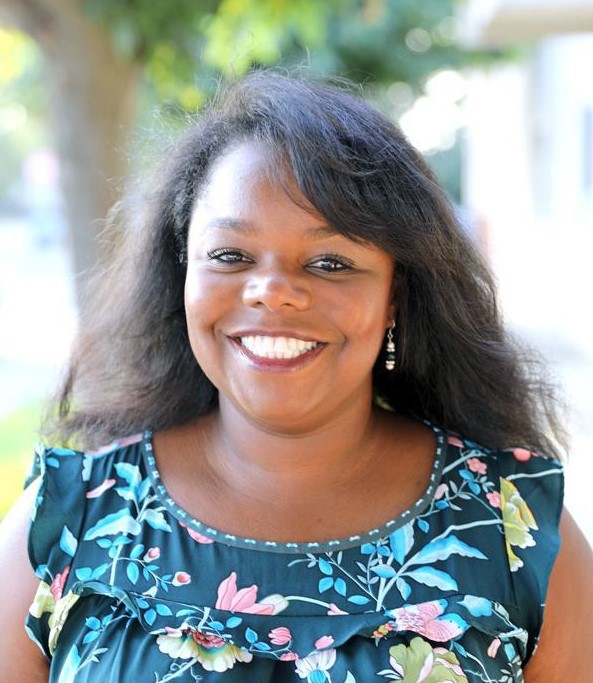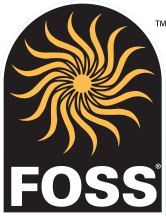What’s the goal?
Most elementary educators start the school year with 1) classroom rules, 2) English instruction, and 3) math instruction. This can be disengaging for everyone involved and leave science on the sideline. One of the best ways to avoid disengagement from the start of the school year is to begin classroom management on day one with a science activity that contextualizes your expectations of students.
Why start with science?
It’s true that science lessons can use a lot of materials, take a lot of time, and require students to show some self-control. But it’s important for students to start engaging in science right away, and for educators to allow students to learn content as they grow and mature. Waiting until students are perfectly behaved until they engage with science could reduce their access to hands-on learning.
What’s the problem?
The year rolls on as elementary educators wait for the perfect time to bring out the science instruction. Worse, many educators shift back and forth between science and history/social science only to find that with each passing day, there’s more to do with science than is possible given the instructional days left. We need educators who start to build student capacity for science content and collaboration on day one of the school year.
What can we do?
Start with science on day one. Yes, during the first lesson of the first day, use or incorporate science concepts to engage the students and prepare them for what’s expected in your classroom. The activity should be a short hands-on investigation that centers student engagement and observations while they work in pairs. The materials used for the activity should be common and inexpensive.
Step 1: Briefly explain the activity steps and discuss ways each pair will work together.
Step 2: While students work, circulate around the room looking for examples and non-examples of how the student pairs are abiding by the class agreements or ways the behaviors might need to improve. Remember that there are two levels of observations taking place during this step.
Step 3: Have students complete the short activity, clean up, and report on what they learned and how they felt about their first collaboration of the year. You are listening to how students are engaged with the content and how they behaved while working together.
Step 4: Thank them for doing the work that they did and make a generalization about their level of collaboration. Use specific details (collected from your circulation around the room) of how students already know how to behave well. It’s important to note that this is NOT a time to label behaviors as deficient if you’ve not had a class conversation on how everyone is expected to work together. Allow the students to surface any struggles they had and allow other students to offer suggestions while you moderate the conversation. This may be difficult but remember you are practicing science skills, classroom management, and allowing student voice all at the same time! Encourage students each time they engage in group work; the results will improve.
How is this connected to our school initiatives?
Science activities have the distinction of being interdisciplinary by nature. If you need the student to have an opportunity to express themselves more often (SEL) listen and observe how students feel about working together. If your school site is prioritizing English language arts, use the first-day science activity to engage students in listening, speaking, reading (and if you want, writing through a quick reflection). If your school site is prioritizing math instruction, listen for sequence words and include a whole class graph created on the results. Your expertise on your school initiative and classroom instruction has an opportunity to shine here.
Please contact us with the results of your first day of science instruction at: itstimeforscience@schoolspecialty.com.
Getting Ready for a New School Year in Science Checklist 2023-2024
Prior to the First Day of School –
- Find your science curriculum that you will be using this upcoming school year.
- Go to any hands-on investigation and look for something that uses readily available materials. Don’t worry about repeating the activity later in the year. The goals will be different, as will the instruction around the activity.
Immediately, First Day of School –
- Prep an activity for pairs of students to complete on the first day of school, after you’ve briefly reviewed general classroom expectations.
- Use the activity to discuss what the rules should look like in your classroom environment. Stick to the observed “good points” while planning how to address and extinguish less desirable behavior.
- Consider using a science activity for parents to do with their children on Back to School Night.
Thirty Days into the Year
- Review your standards to see where there are opportunities to include more science lessons. Below are several examples of where additional science investigations should be planned throughout the year. Science activities offer high engagement when the typical schedule is disrupted. Get ahead of planned schedule disruptions by increasing student hands-on investigations. Write the date next to each of these scheduled events.
- Open House on _______ date
- Rainy Day Activity on _______ date
- Parent Conference Week on _______ date
- Red Ribbon Week on _______ date
- Halloween Centers on _______ date
- Field Trip Days on _______ date
- Assembly Days on _______ date
End of the Year, Planning for Summer
- If you are teaching for a summer session, include science as a daily hands-on activity.
- Inventory your science consumables and submit a request, to your school site, for more materials.
- Plan your First Day of School Science Activity for the next year. Now that you’ve had a year of science instruction under your belt, you might change how you begin the next year.
If your school site needs support getting science implemented, email us at itstimeforscience@schoolspecialty.com for more information.

Rosanna Ayers – Educational Leader
Former Director of Youth Education at the Biomimicry Institute and County Office Science Coordinator. Bachelor of Science in International Business, a Multiple Subject Teaching Credential, an Administrative Service Credential, and a Master of Education in Leadership and School Development, with an emphasis on Next Generation Science Standards. Rosanna has her Biomimicry Practitioners Certificate and teaches graduate-level integrated science courses at a university teacher preparation program. Rosanna is currently an education doctoral candidate in UC Berkeley’s LEAD program.

